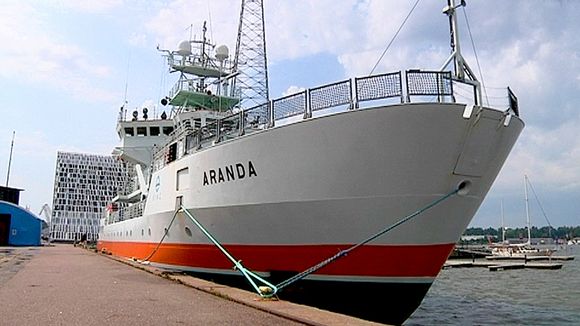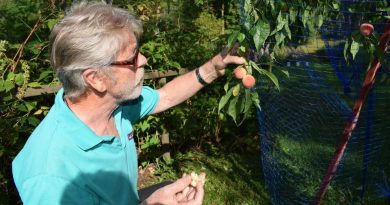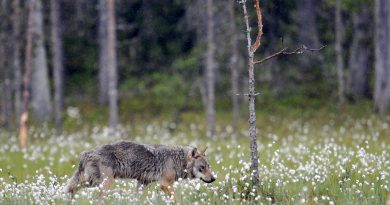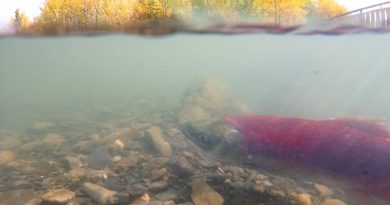Researchers see no improvement in Baltic dead zones
 Based on data collected by its research ships this past summer, the Finnish Environment Institute (SYKE) reported on Friday that the overall situation now is just as critical as in the summer of 2011.
Based on data collected by its research ships this past summer, the Finnish Environment Institute (SYKE) reported on Friday that the overall situation now is just as critical as in the summer of 2011.
The seabed of the Baltic Sea’s main basin still suffers from major ‘dead zones’ without oxygen or any form of life.
Conditions have remained extremely poor in recent years.
However there has been some improvement in the deep seabed of the Gulf of Finland. And the oxygen situation in the northern parts of the Baltic, known as Bay of Bothnia and the Sea of Bothnia, remains good.
The level of toxic blue-green algae in the Gulf of Finland remains about the same as a year ago. Again conditions in the Bay of Bothnia and the Sea of Bothnia are clearly better than elsewhere.
SYKE’s research vessels Aranda and Muikku spent most of the summer monitoring changes in zoobenthos (communities of seabed organisms), eutrophication and oxygen levels in the Baltic Sea.
The shallow Baltic is the world’s second-largest body of brackish water, and considered one of the planet’s most fragile and polluted seas.
For more stories from Yle News, click here



